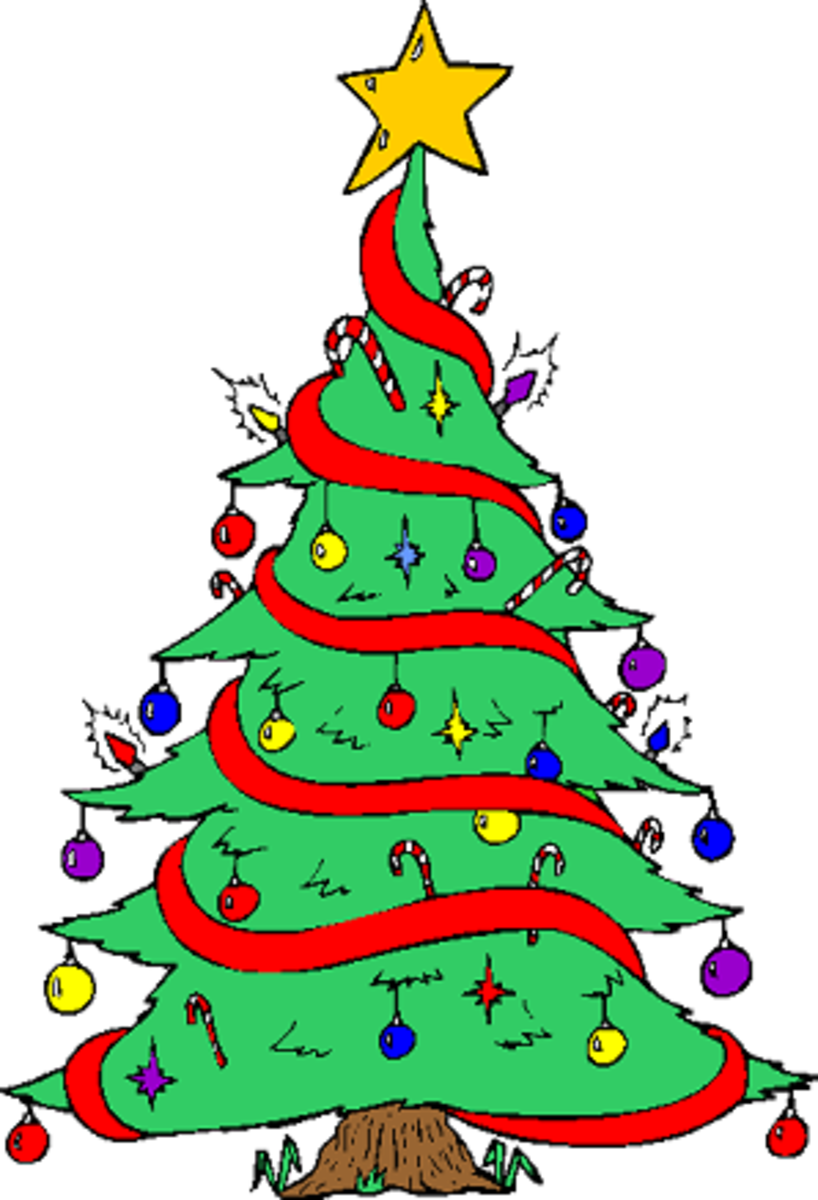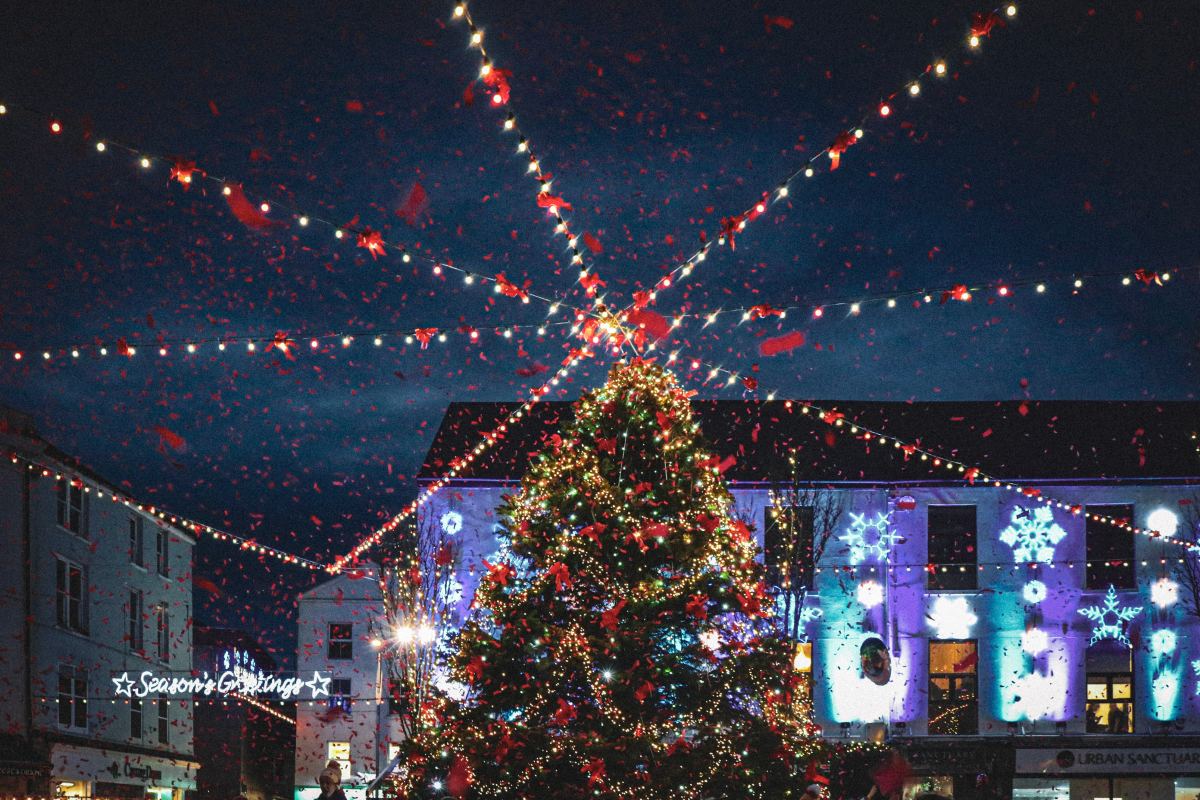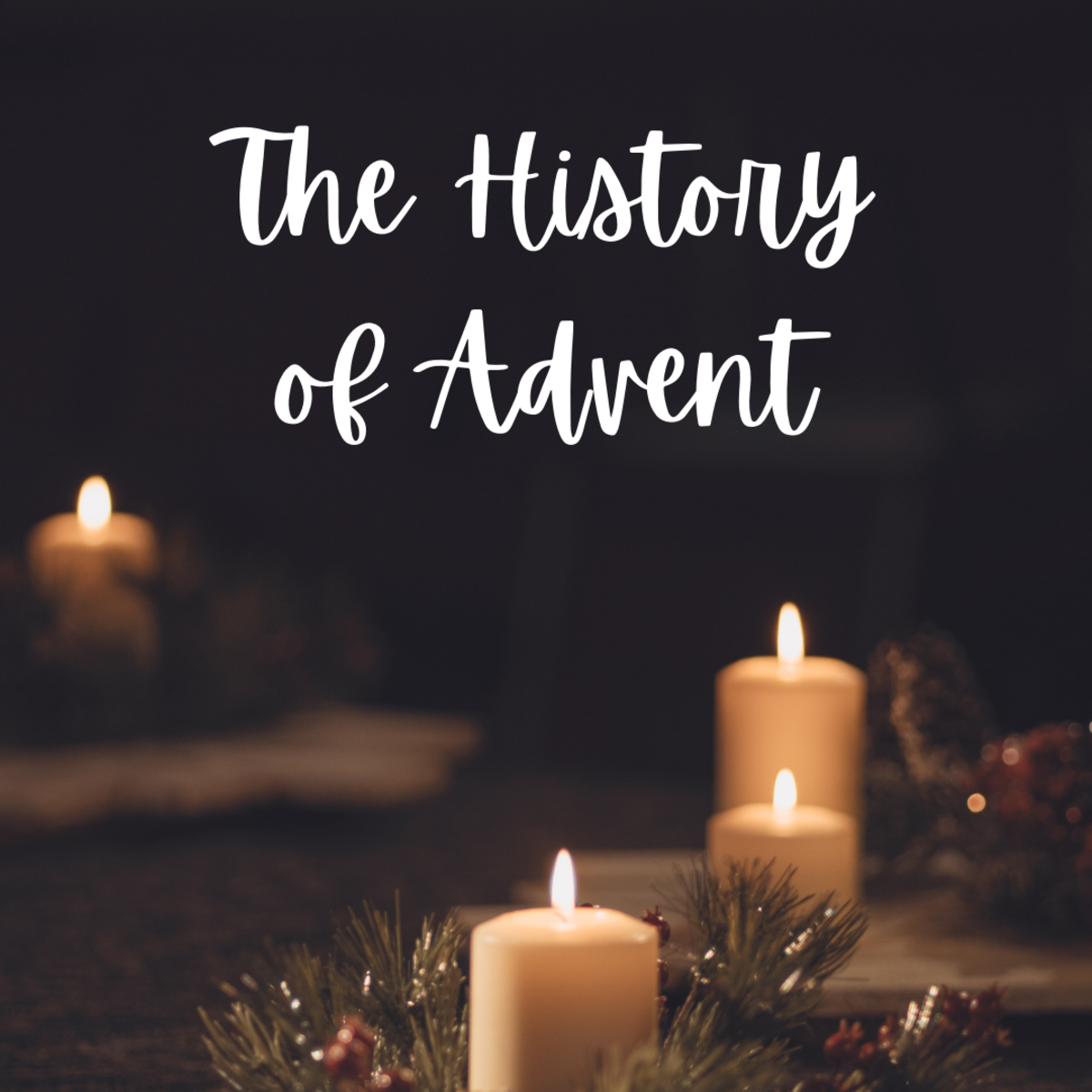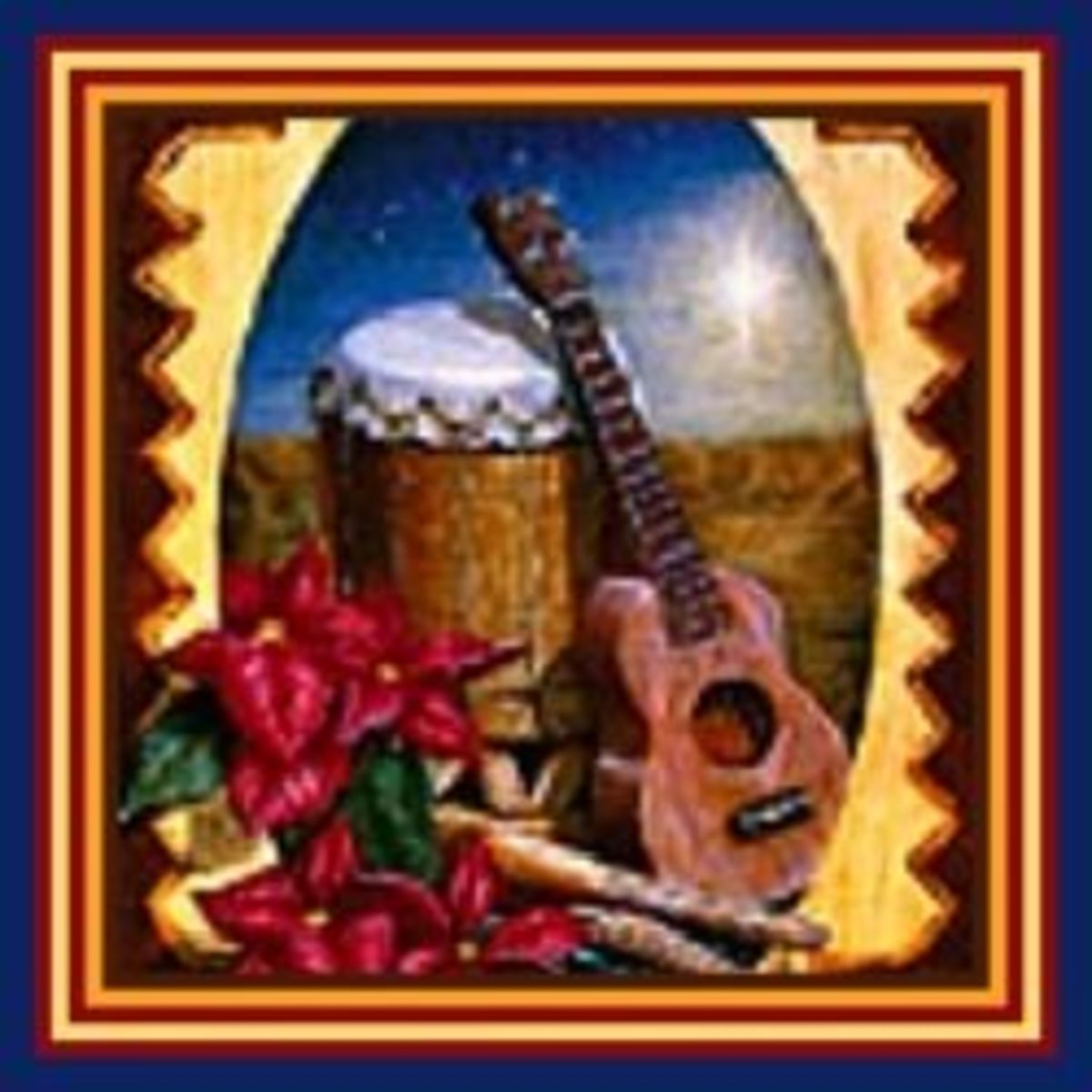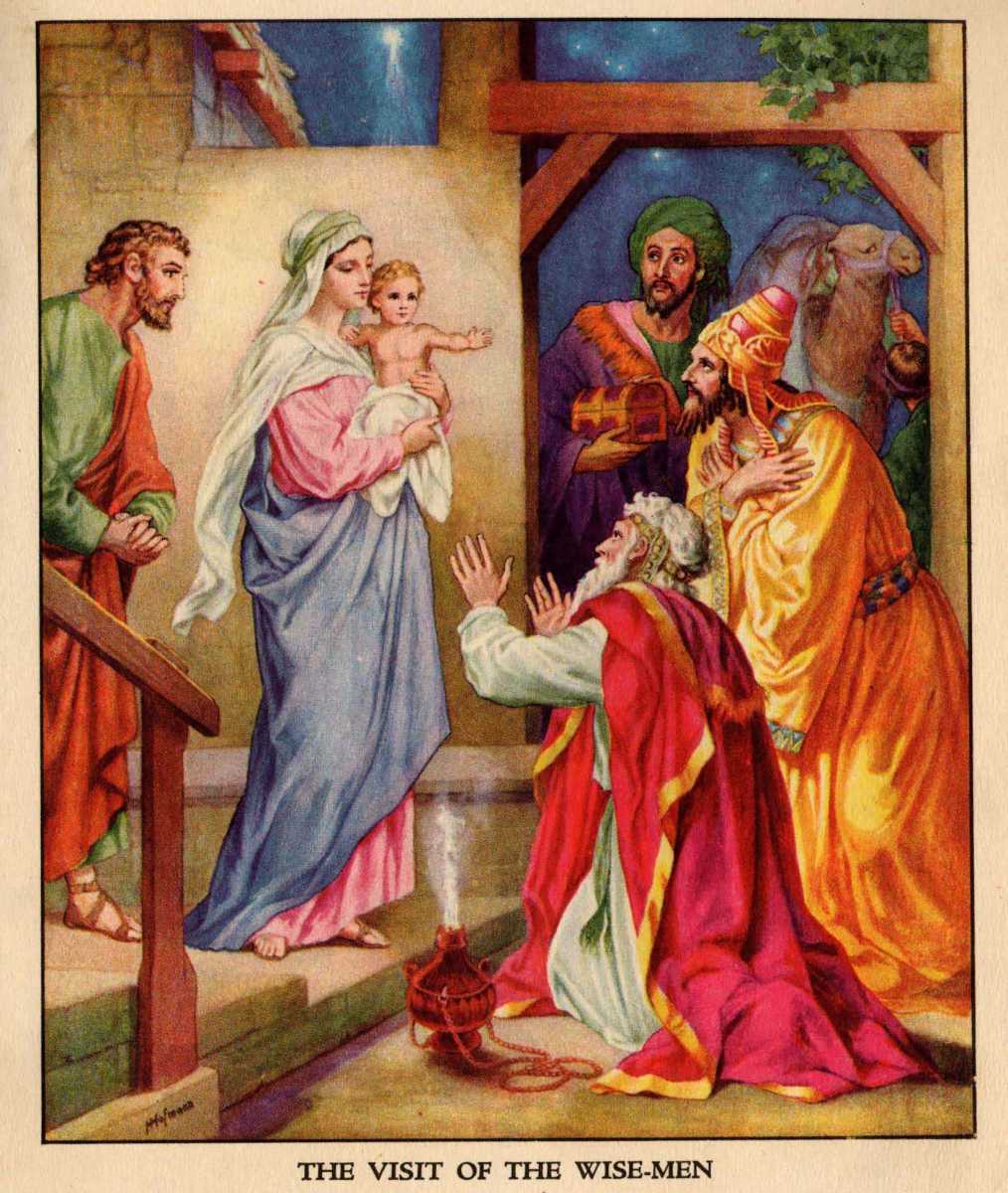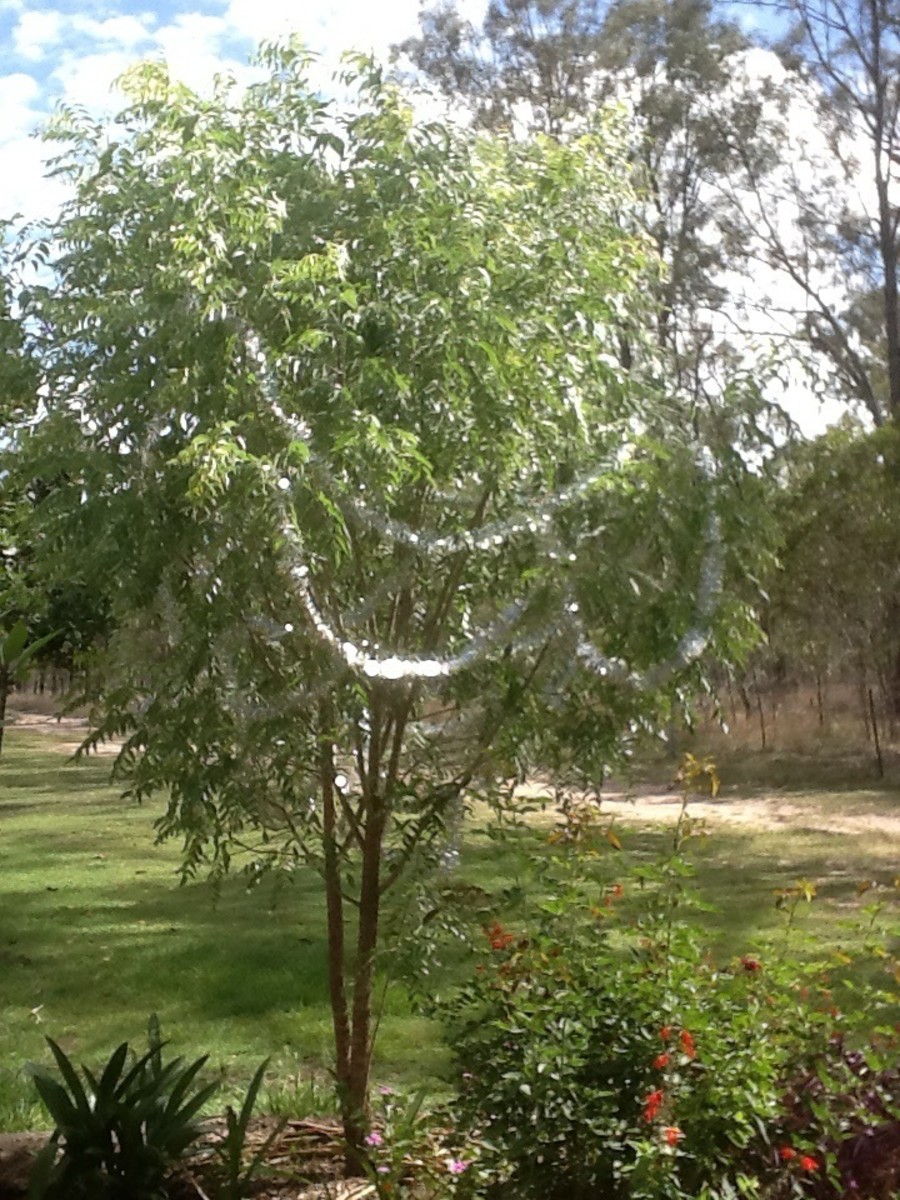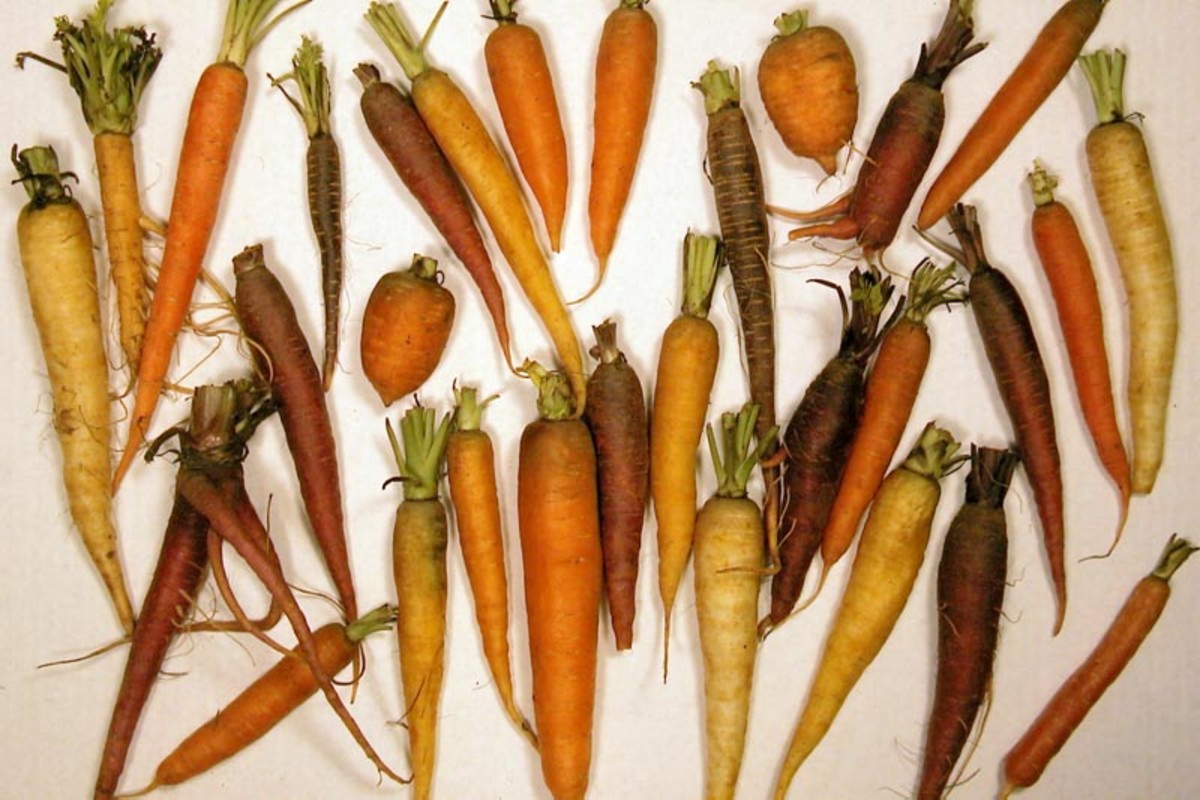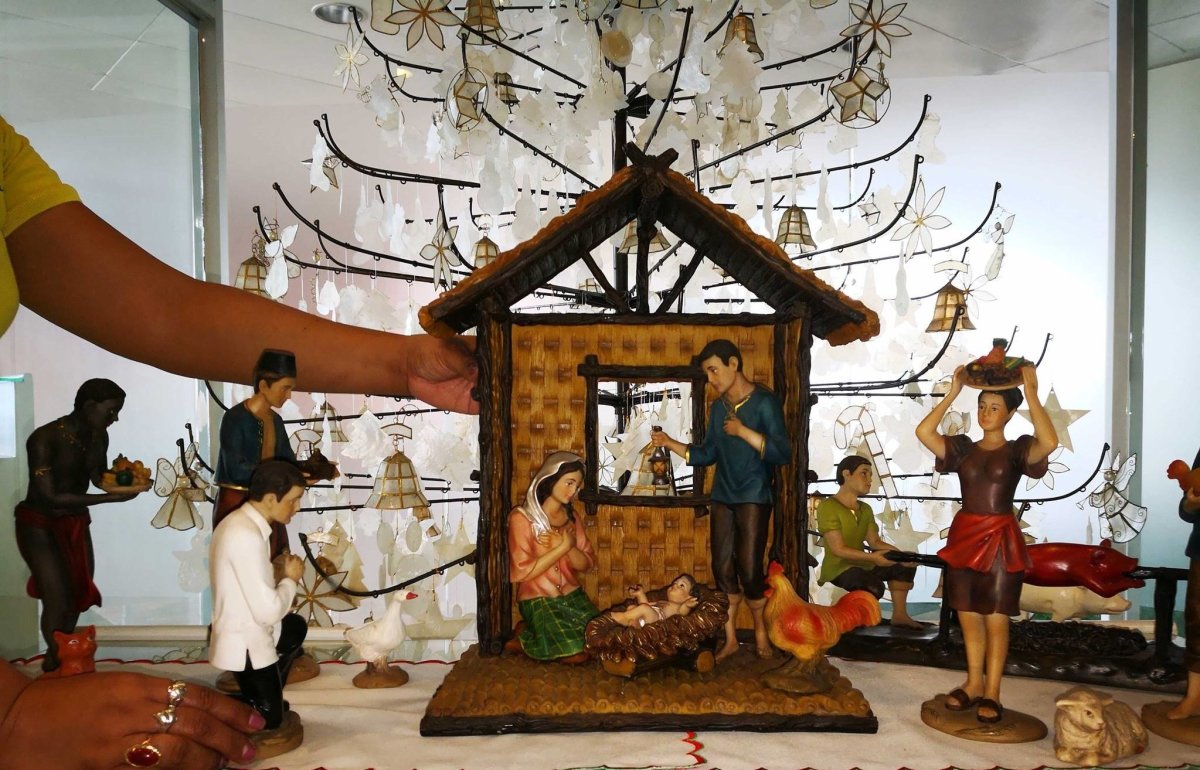Christmas Traditions of the World: Russia
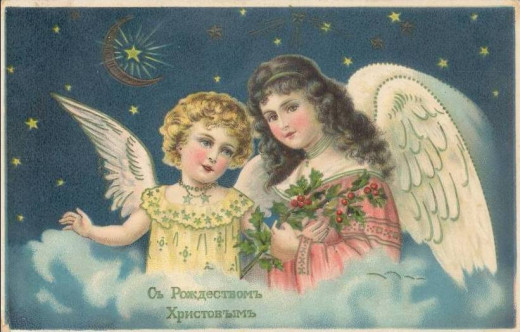
Russian Christmas: Different Calendar
Russian Christmas is very different from Christmas in other Christian countries. The holiday is celebrated on the night of January seventh. At the beginning of the twentieth century Russia did not switch from Julian calendar to Gregorian one. The result is, the calendar of the Russian Orthodox church is thirteen days behind that of other Christians.
Russia is one of the few countries where they celebrate Christmas on the 25th of December according to Julian calendar.
But the date of the holiday is not the only and even not the most important difference as far as Christmas tradition is concerned. Speaking of Western countries, where Christmas is a more accentuated holiday than New Year, the religious tradition is turning into secular thus making Christmas an analogue of New Year.
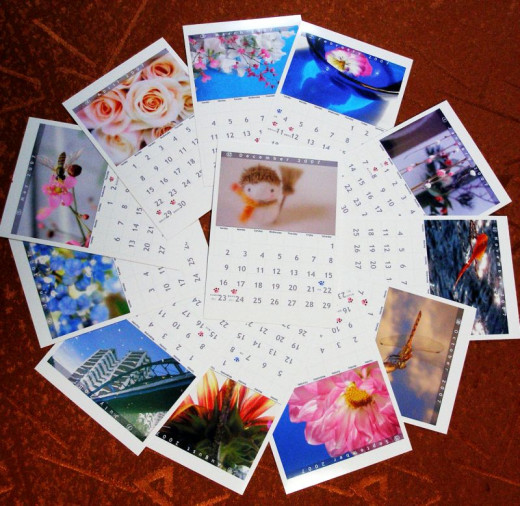
How Russian Christmas was Under a Ban for a While
After 1917 when Bolshevik Revolution took place, religious holidays were banned for a long time. Christmas with all its attributes was also put under prohibition. Christmas Tree, for example, became New Year Tree years later. In 1935 Soviet authorities allowed to put and decorate Christmas Tree for New Year. But the seven-pointed star symbolizing that of Bethlehem that it used to decorate turned into a five-pointed one. Instead of the star that brought the magi to the newly born Christ, it symbolized Soviet power.
After 1918 New Year replaced Christmas and became a Soviet holiday. When the USSR fell apart, New Year stayed a more important holiday than Christmas although Christmas was restored. Only a small part of Russians began to celebrate Christmas. These are mainly religious Orthodox people. True Russian believers prepare themselves for Christmas forty days before the holiday. They observe a long Phillip's fast, also called Christmas fast.
There are five days of forefeast (from December 20 to December 24th), six days of festivities finished by the day of Christ's circumcision. On Christmas Eve, the sixth of January, believers observe the most severe fast. On this day, they prepare a special meal made of different kinds of bread seeds. In churches service is held and vespers take place.
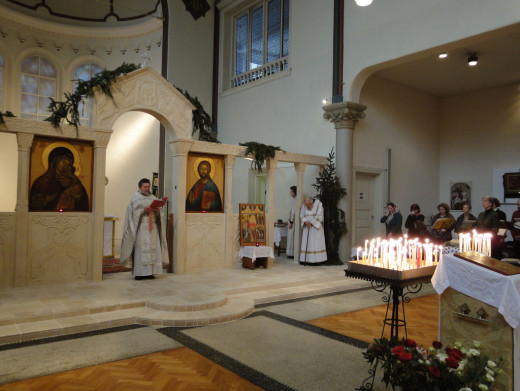
Russian Christmas Character: Father Frost
Today, Father Frost, similar to Santa Claus in Europe and the USA, is the main character of New Year. He is inseparable from New Year Tree and a gift-giving tradition. However, some time ago, Father Frost was a Christmas character. Before Christmas was banned by the Soviet authorities, Father Frost appeared on Christmas together with Christmas Tree.
But the character itself dates back to very ancient times. In mythology, Frost was the spirit of a dead relative that people pleased like any guest. To give respect to this character, they called him Father.
In literature, Father Frost is present in fairy tales and poems by Russian writer of the 19th century Nekrassov. The story goes, that a poor girl named Nastia went to the forest to gather brushwood. It was very cold and frosty. Suddenly, Father Frost appeared and began to test Nastia with his frosty breath wondering if she was cold. When he saw that Nastia was a polite and kind girl, he gave her presents. Instead of poor, she became rich and came home with lots of rewards. When her sisters following her example went to the forest to meet Father Frost and get presents from him, they were frozen to death as punishment because they were greedy and impolite.
Traditionally, "New Year Trees" or "Christmas Trees" is also the name for a period before and after New Year when children go to performances organized in celebration of New Year. Father Frost with his young helper, Snow Maiden, are the main characters of these celebrations. Usually, there is a special show with participation of actors dressed like forest beasts, magical creatures, songs are sung, poems are recited. Father Frost gets children in a circle. They do a special New Year Tree dance. Then, they call for Snow Maiden and children receive gifts from Father Frost's huge bag.
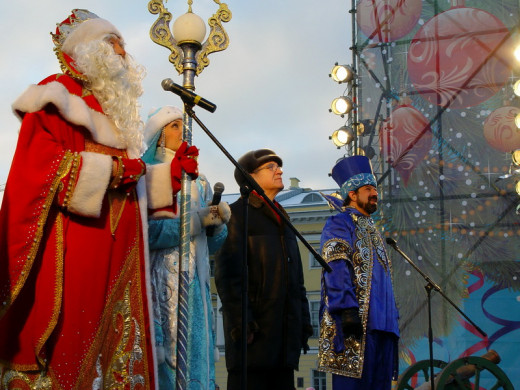
Snow Maiden: Father Frost's Helper
If Santa Claus is alone, Russian Father Frost has a helper - Snow Maiden. In Russian folklore, Snow Maiden is a girl who was magically brought to life by Father Frost and Mother Winter from a snow statue. This girl got lost in the forest when she went there with her friends or melted when she had to jump over a fire during a summer ritual. Snow Maiden thus symbolizes the winter spirit that dies when summer comes.
Russian dramatist Ostrovski wrote a piece about Snow Maiden that was severely criticized in 1873. The beauty of this work was neither understood nor appreciated. Russian composer Rimski-Korsakov wrote an opera based upon this piece. This opera, finished in 1891, had a tremendous success.
Thanks to pedagogues and methodists who developed New Year Day scenarios for children Snow Maiden became Father Frost's companion at Christmas Tree at the end of the 19th century. The snow girl also gradually turned into Father Frost's grand-daughter. And she still is.
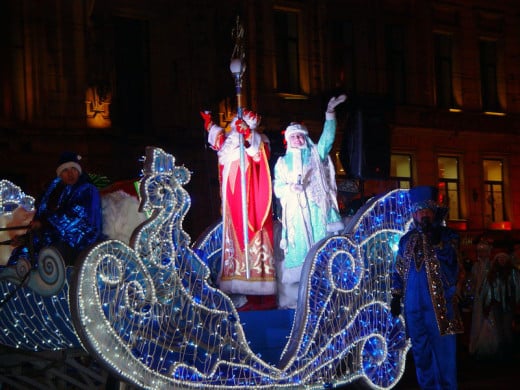
Christmas in Russia, Europe and USA
Christmas Characteristics
| Russia
| Europe and USA
|
|---|---|---|
Main figures who come to children
| Father Frost and Snow Maiden
| Santa Claus
|
Official date
| January 7th
| December 25th
|
Date of gift-giving
| January 1st
| December 24th
|
Use of an advent calendar
| No
| Yes
|
Presence of Christmas Tree
| Yes
| Yes
|
Reason
| Birth of Jesus Christ
| Birth of Jesus Christ
|
Russian Christmas Inspiration
Speaking of Russian Christmas, it would really be a shame not to mention Russian winter, snowy and frosty, that inspired so many stories. Famous writer of the 19th century Alexander Poushkin wrote a story "Snowstorm" that later on composer Sviridov turned into a musical narration...

![Father Frost / Morozko [DVD]](https://m.media-amazon.com/images/I/516HQG1PFDL._SL160_.jpg)
